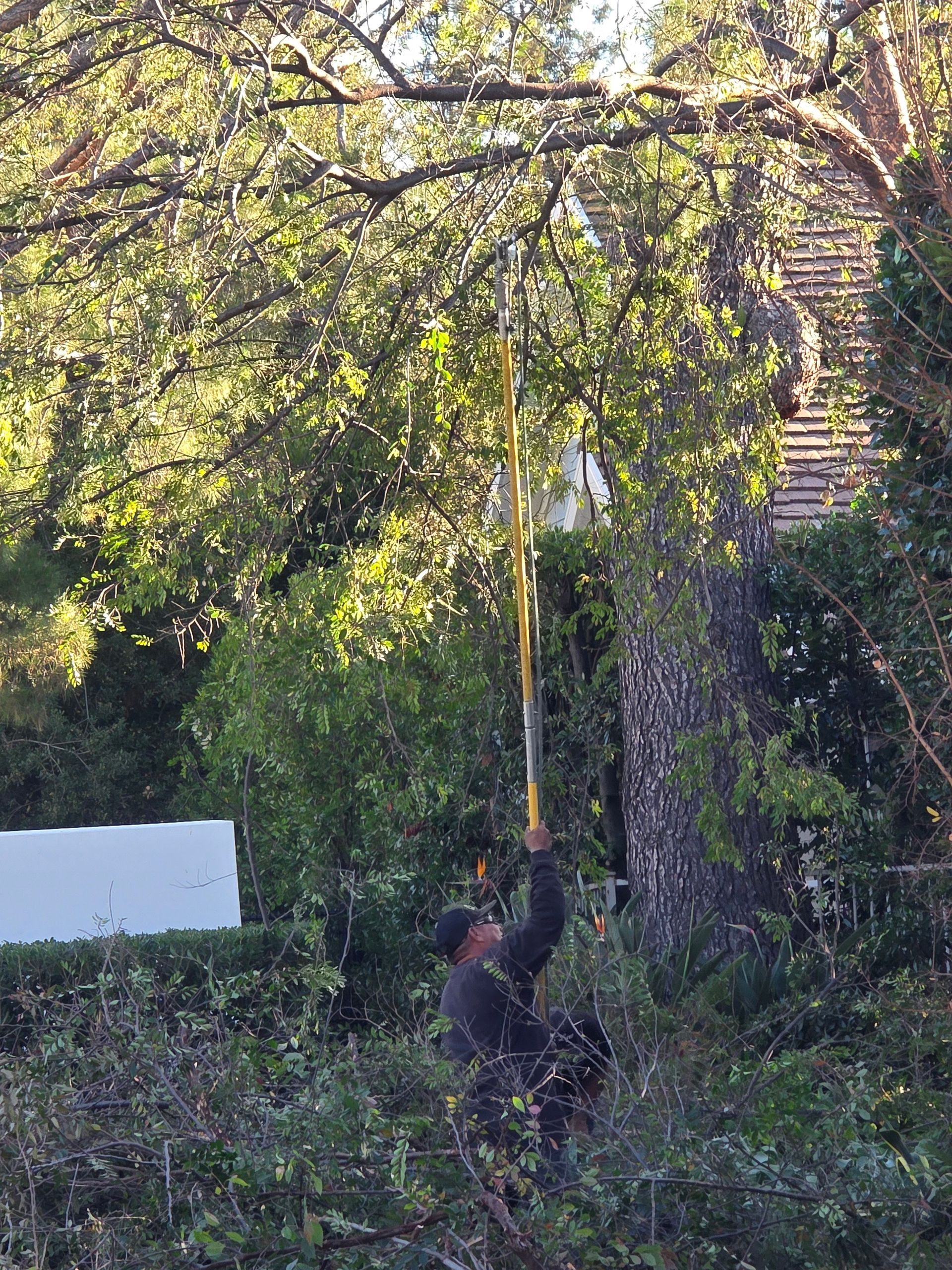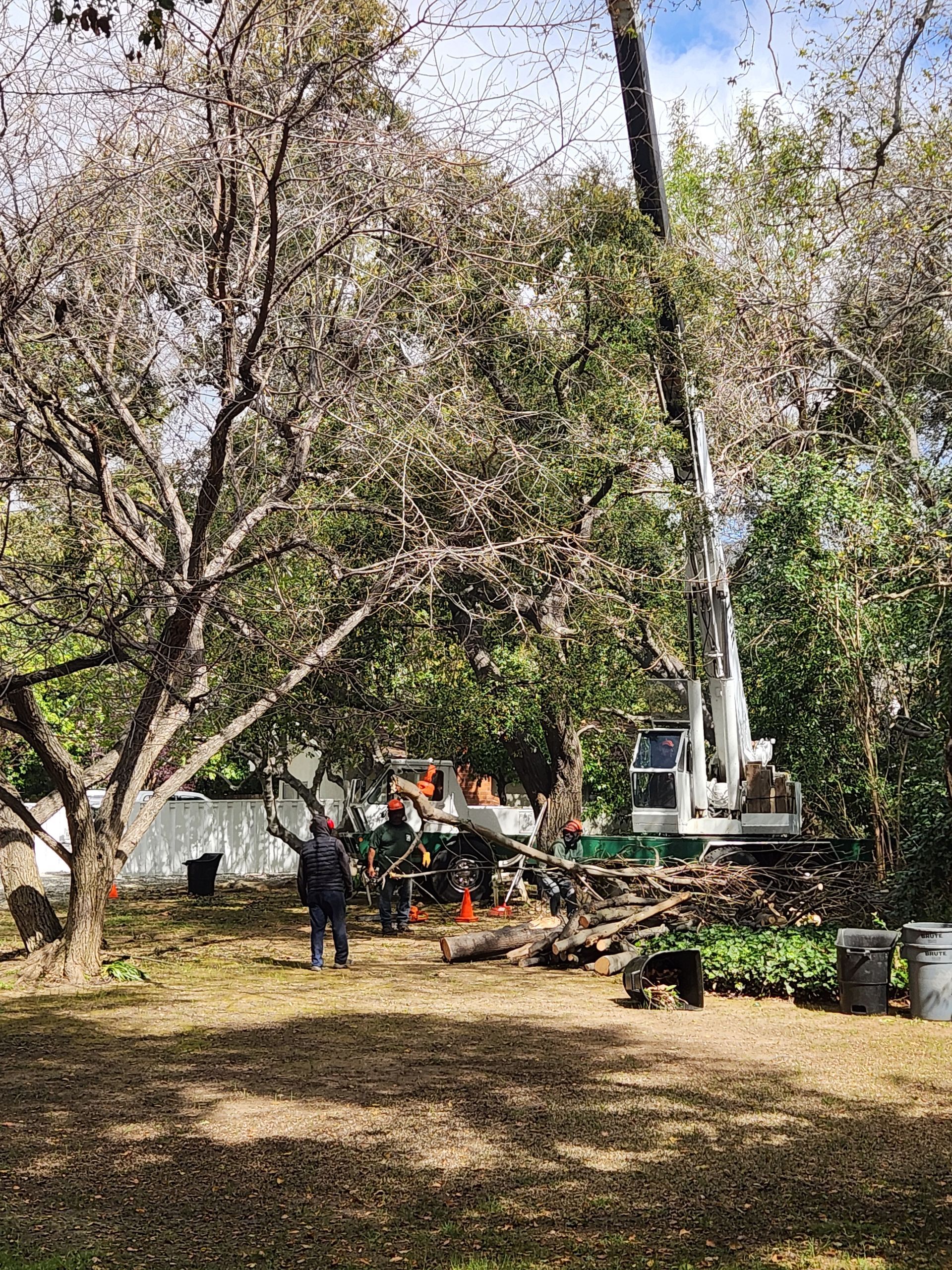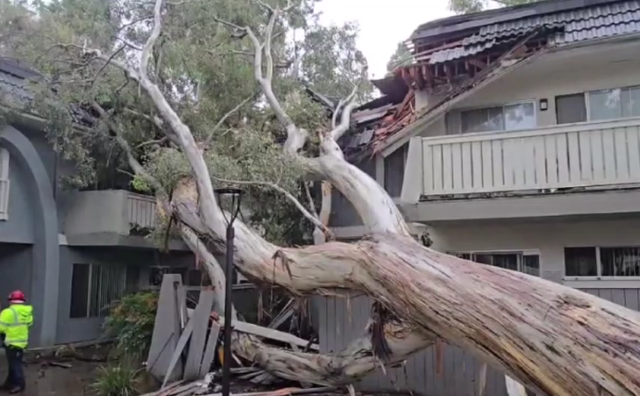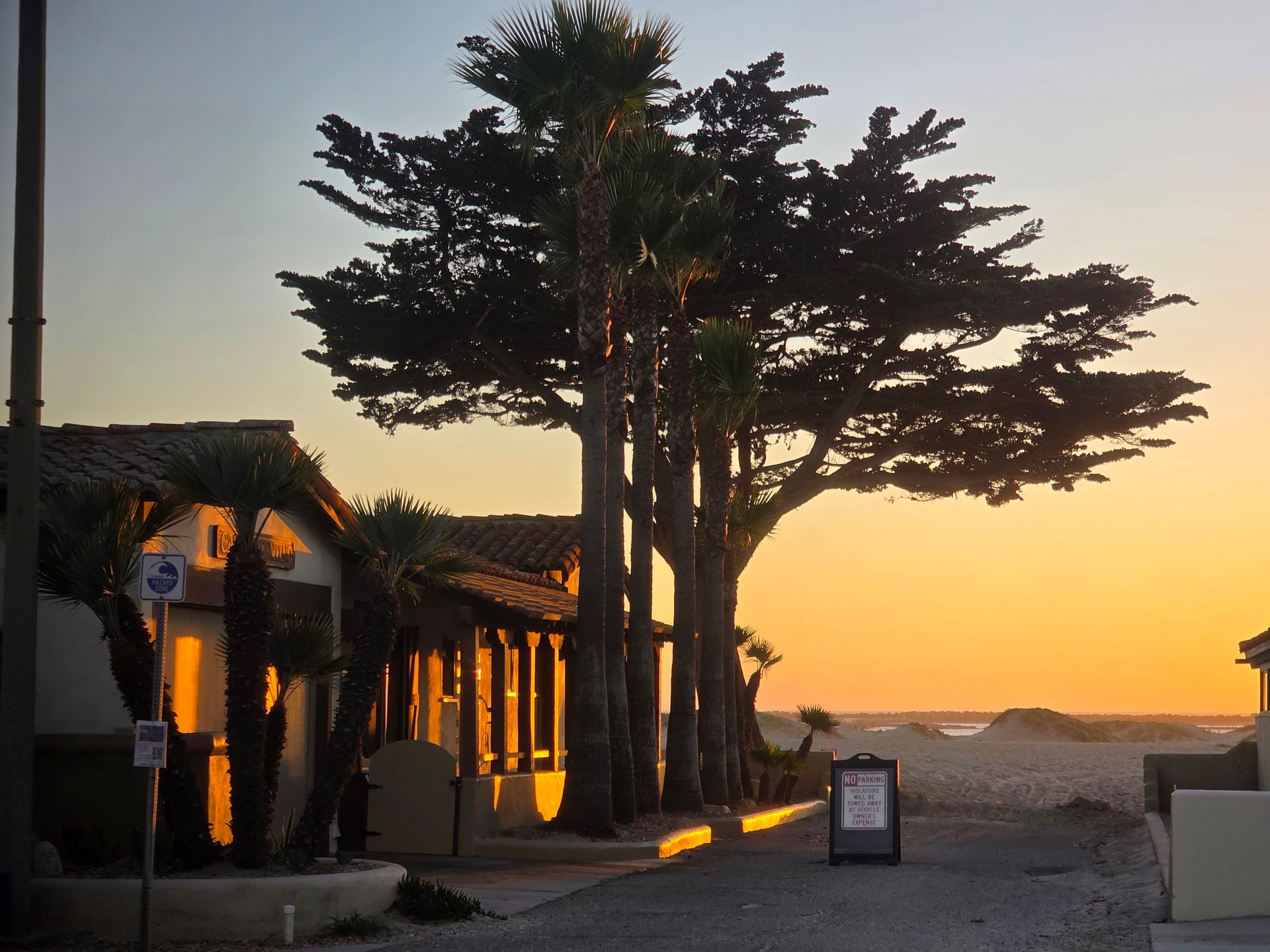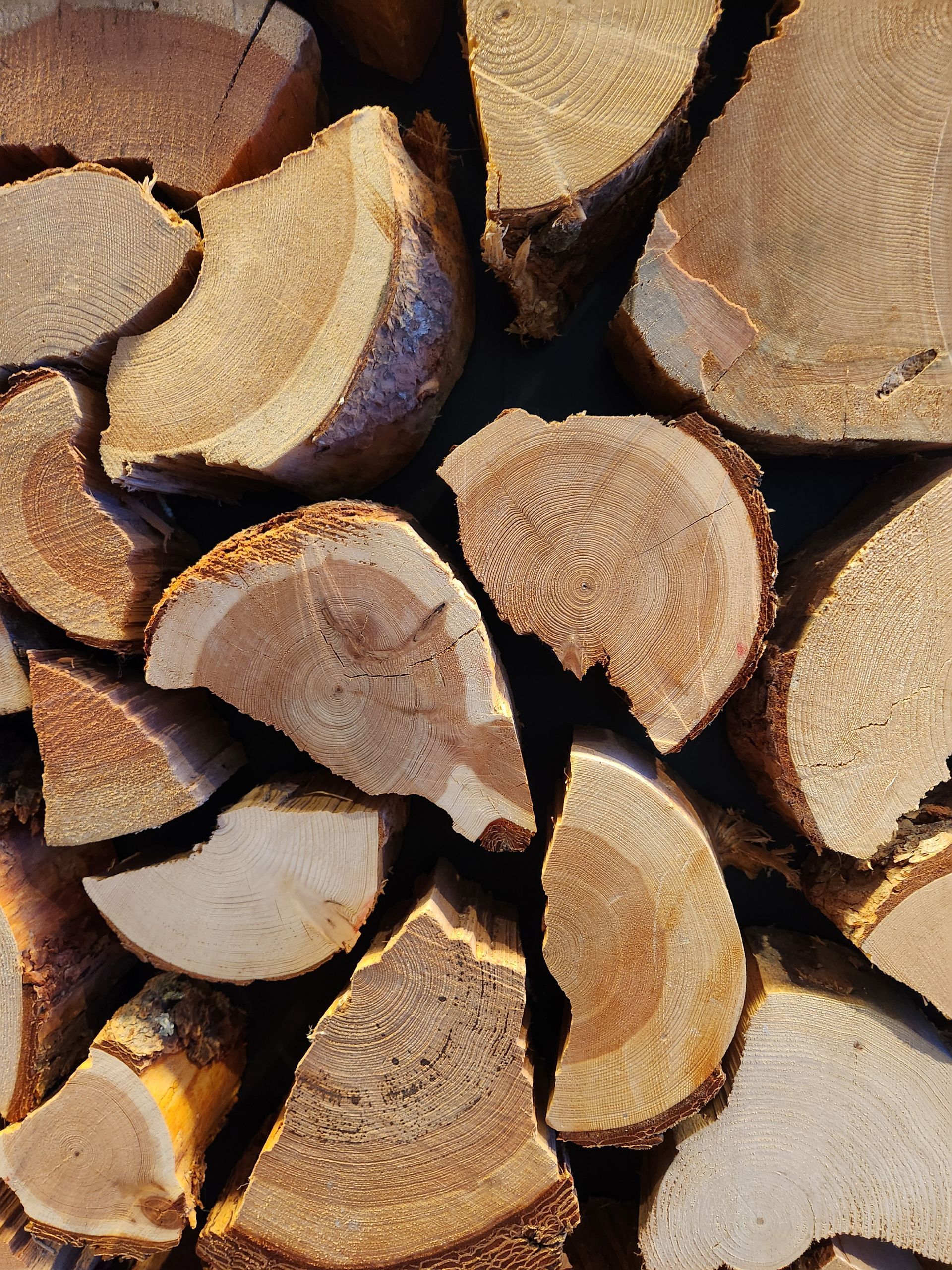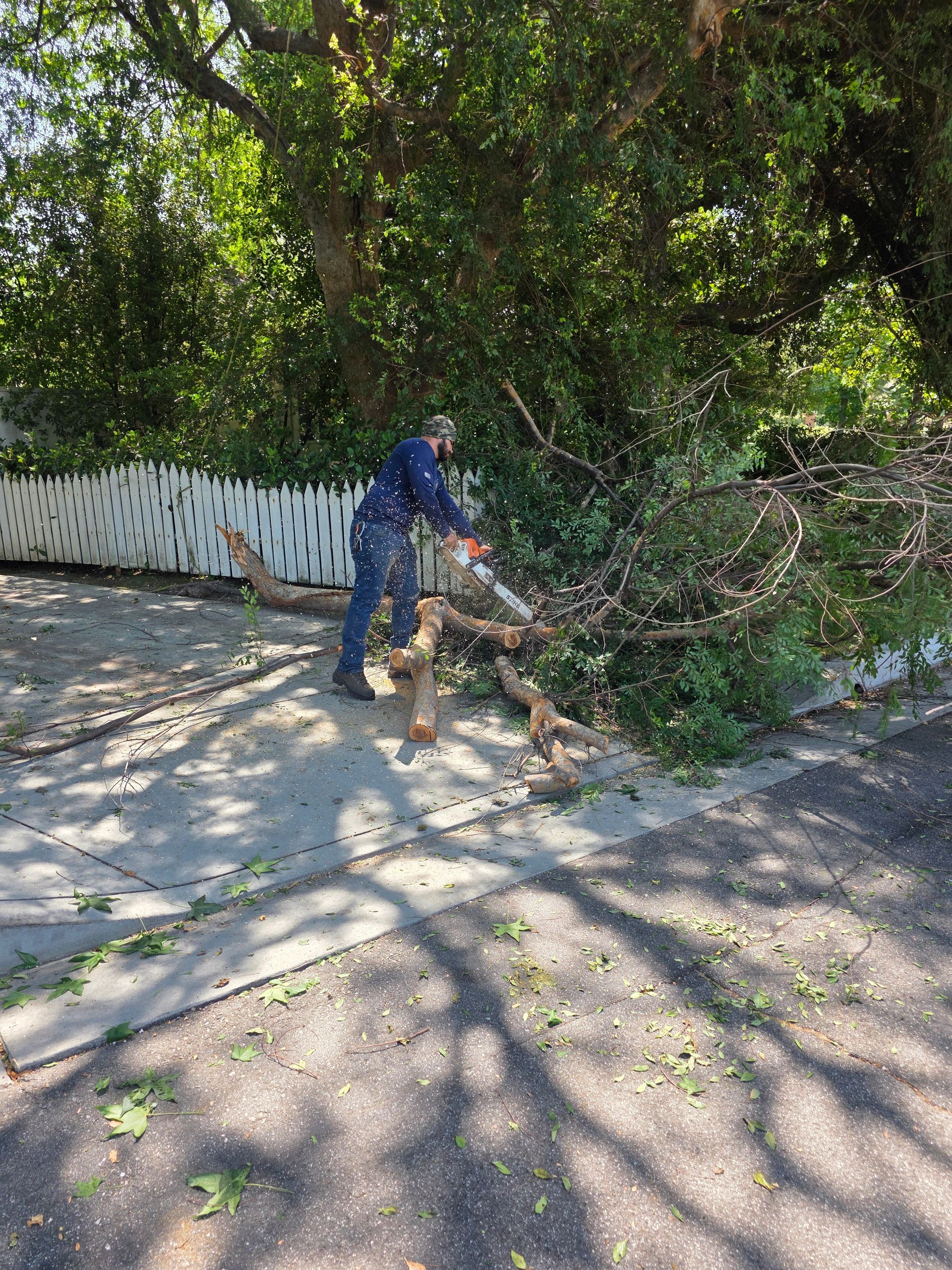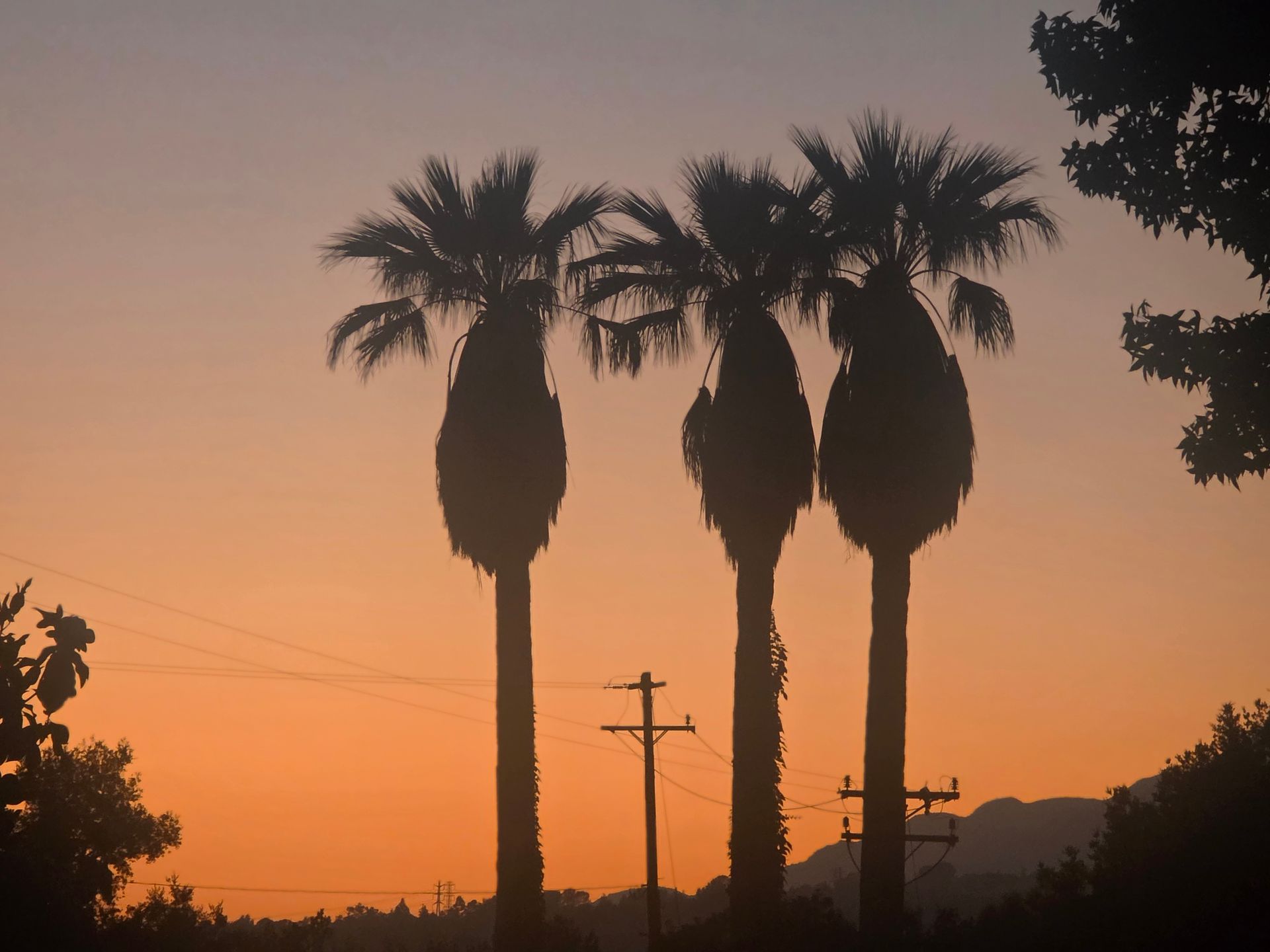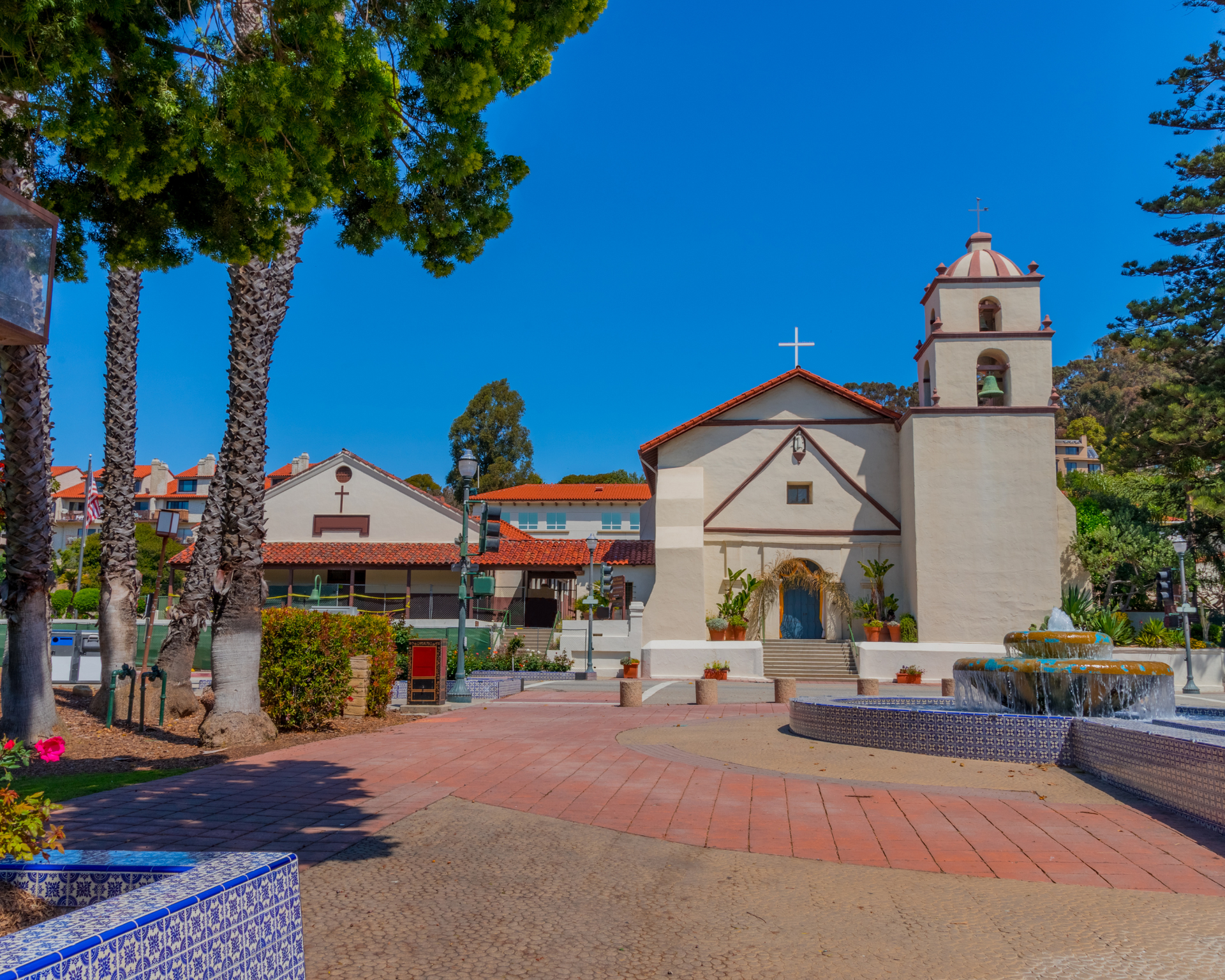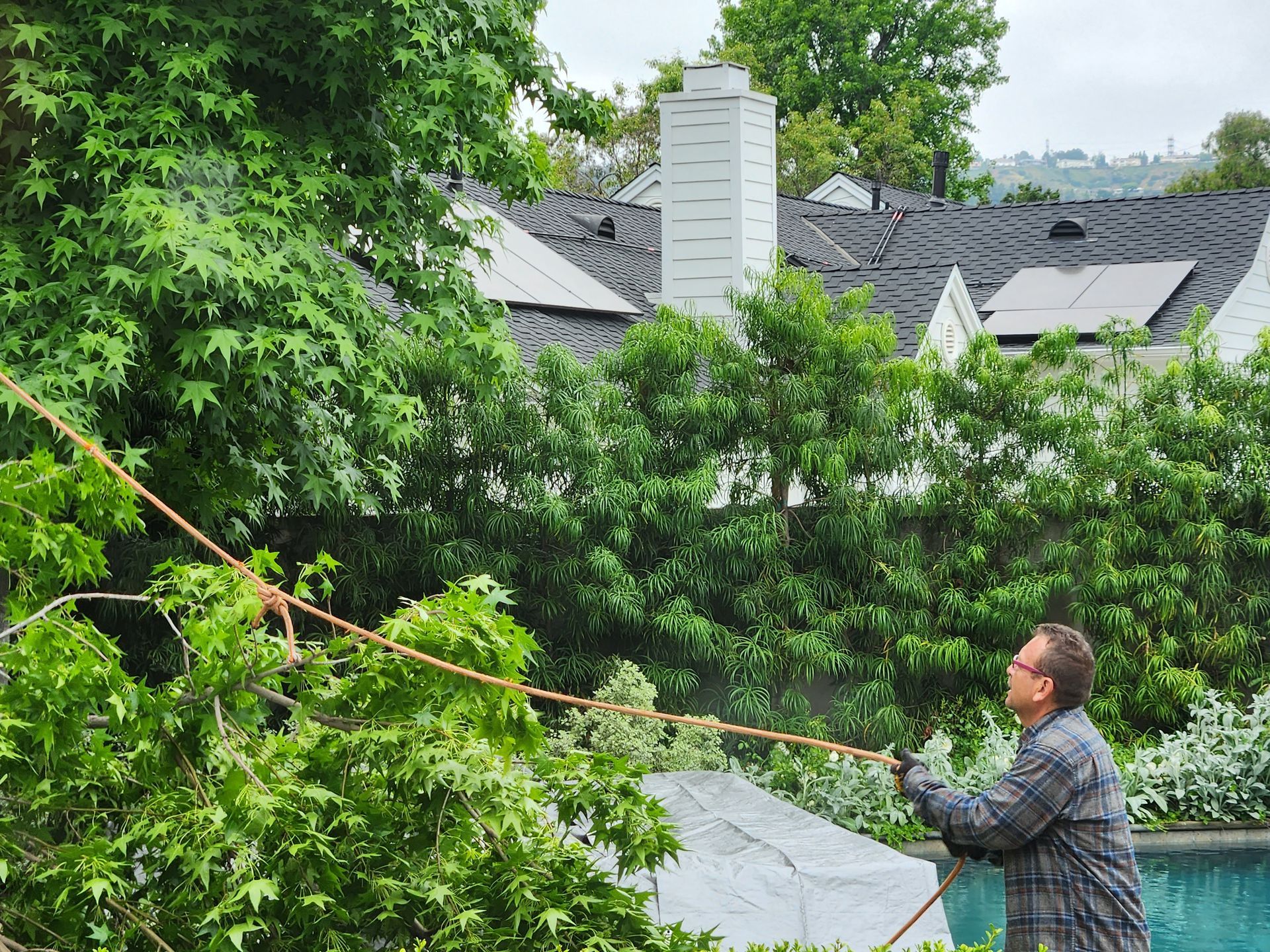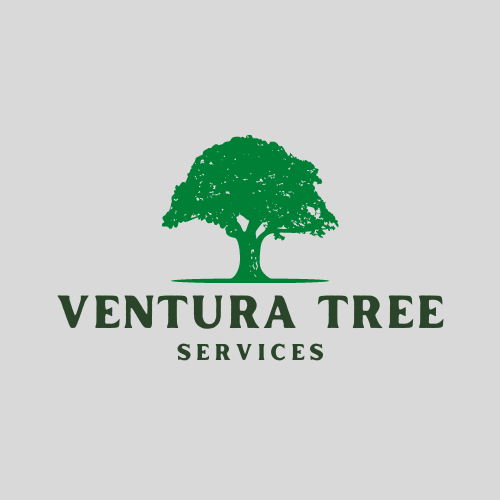RSS Feed
VENTURA COUNTY TREE
SERVICE BLOG
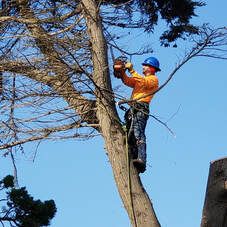
Trees are beautiful. They add to your enjoyment and value of your property. But without proper professional care they might not live a full life, or pose an immediate threat to your family and home. Large branches can encroach on power lines or dangle over your house, or threaten your cars. Any issue beyond a very minor one and at low height requires the
attention of a trained professional tree trimmer. They will easily and safely tend to your trees and set them up for a long life and decrease the danger that a big limb or whole tree could fall on your property below.
If this is your first experience contacting and hiring a professional tree service, its an excellent opportunity to learn how to find “tree trimming near me.” Talking to friends and neighbors is a good first step to find names. If you like the way their trees look, find out what service they used for tree trimming and/or maintenance. Question them about how they liked working with the service and if they were satisfied with the final result. If you feel comfortable doing it, we would recommend asking for whatever pricing information they can give you.
Now that you have some names and information, you can browse the internet to find the websites of the recommended services. You may even find the tree services have reviews on their website, or on Yelp, or Google. Read these reviews to get a sense of how satisfied past customers have been.
Once you have narrowed down the choices a little bit further, you might want to call the companies on your “short list” to discuss tree trimming near me. While you have them on the phone take note of how helpful they are and how responsive they are to your questions. If you didn’t find it on the website ask if they are licensed and carry insurance. You don’t want anyone working on your trees on your property without the proper licensing and insurance.
While speaking with your “short list” of companies, choose one to three maximum and set up an on-site consultation. You should find out what the experts recommend for your specific situation or problem. Get a quote so you know what kind of financial commitment you might be under. Its not always best to choose the lowest priced provider. Your focus should be on value.
We view tree trimming as a specialized skill, If you are in Ventura County, California looking to find tree trimming near me, please reach out to us at Ventura Tree Services. We are experts at all kinds of tree services. Browse our website at http://www.venturatreeservices.com where you will find all sorts of useful information. Then give us a call at (805) 519-8881 and let us set an appointment to come out and give you a free quote.
0 Comments
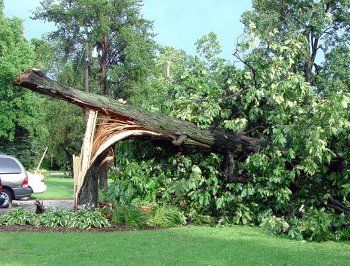
Strong winter winds winds can put a lot of pressure on all trees, but of most concern are those growing close to a house or power line. This is the time of year when winter storms and high wind events occur in Ventura County, California. After the storm has passed
(or during the storm for that matter) you may see damage to your landscape in the form of broken tree trunks and tree branches on the ground.
Storm cleanup time is when many untrained property owners (guys in particular) start up their chainsaws -- sometimes for the first time. To our dismay, this leads to messy results -- for both the landscaping and potentially for the property owner who can receive serious injuries or even death.
If you insist on handling things yourself, consider these points before you embark on your own private “Chainsaw Massacre: “
Most Importantly -- Downed Powerlines:
- Do not approach the powerline AT ALL. Always assume that the downed powerline is live with electricity.
- Call your local electrical utility company right away - they handle these situations all the time.
- Even go out of your way to avoid touching anything near the downed line -- branches, puddles, wet pavement, etc. can all result in possible electrocution.
- Remember that fallen powerlines can even be hidden amongst foliage. Son’t mess around.
Removing Downed Trees and Branches:
- Be mindful of the the tree or branch size and/or location. As a rule of thumb, if the removal work requires that you don’t have your feet on the ground, or if the subject 20’ feet tall or taller, you really need to be calling a tree care professional. In particular, don’t use a chainsaw on a ladder!
- Consider the size, shape, and direction the tree is leaning. You should check the tree trunk for decay, weak spots or hanging limbs. If you find any of these conditions know that the tree may be unstable.
- Be careful about other people being near the tree -- especially kids. Make sure they can’t wander into the danger zone.
- Trees that are under tension and possibly bent can be extremely dangerous. As a rule, don’t cut a tree under tension -- it may snap or whip out in an unexpected direction with unexpected force.
- Consider how you will escape from a falling tree branch of if need be.
- We don’t recommend that you personally use a chainsaw without training or long experience. Even as tree professionals, we risk injury using chainsaws. Very often the results of cutting a tree or tree branch can be unpredictable. You really don’t want to roll the dice.
- If you have any doubt at all that you can do this yourself, contact a local professional in tree care professional the situation.
Consider Hiring a Tree Care Professional:
- Professionals have the experience, expertise, and equipment to safely remove a downed tree or prune a damaged limb.
- A professional tree care expert should have liability insurance, in case something does go wrong.
We are happy to help with tree removal, trimming, stump removal and advice from a certified arborist under emergency situations or more calm circumstances.
0 Comments
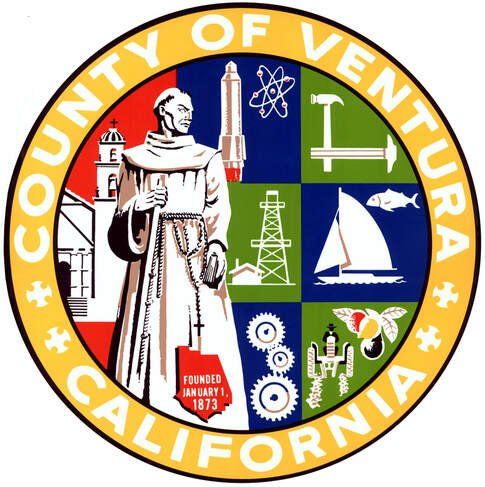
The County of Ventura rules for tree trimming and removal depend on where you are in the County -- coastal versus non coastal areas, or “zones.” Legally, the provisions of the of the “Tree Protection Ordinance” (TPO) within the Coastal Zoning Ordinance (CZO) are different from those in the Non-Coastal Zoning Ordinance (NCZO).
Coastal Zone
Almost all trimming and removal of trees within the coastal zone fall under the 1992 TPO. The TPO prohibits the removal of, or alterations to most trees in the coastal zone. Under the TPO, trimming or cutting of most trees require a tree permit, and trees deemed as “protected trees” cannot be cut down for aesthetic or view-improvement reasons. In the coastal zone, the CZO protects species of trees including those that are considered within a Environmentally Sensitive Habitat Areas, any tree that is native, any historical tree, and those trees designated as “heritage trees.” A permit is required even to alter a non-native tree or a non-native invasive tree species that is located in the coastal zone. Alterations or removal of protected trees are subject to permits as defined in the Ventura County Coastal Zoning Ordinance (CZO) and the Ventura County Non-Coastal Zoning Ordinance (NCZO)
Non-coastal Zone
In the non-coastal zone, the NCZO protects trees including: oaks and sycamores if they are 9.5” in circumference or larger (measured at 4.5 feet above ground), any trees with an “historical designation,” any tree 90” in circumference or larger, and most trees 9.5” in circumference or larger which are native species, and located in the Scenic Resources Protection Zone (SRPZ). In the coastal zone, protected trees include trees that are considered Environmentally Sensitive Habitat Areas, native trees, historic trees, and heritage trees. A permit is required even to alter a non-native tree or a non-native invasive tree species that is located in the coastal zone.
Trees covered by the TPO, required the protection (and permitting) of certain varieties and sizes of trees. This includes (1) any tree in an environmentally sensitive habitat area (“ESHA”). (2) trees that are native to Ventura County (or southern California, including: the Arroyo Willow, Big Cone Douglas Fir, Big Leaf Maple, Black Cottonwood, Fremont Cottonwood, California Ash, California Bay Laurel, California Juniper, Western Juniper, Catalina Ironwood, Santa Cruz Island Ironwood, Elderberry, Pacific Madrone, Oak, Southern California Black Walnut, Sycamore, and White Alder.
If you have concerns about the nature of you location or trees, please contact us and we can help. We obviously can’t give legal advice, so you may want to direct those questions to your preferred legal counsel.
0 Comments
